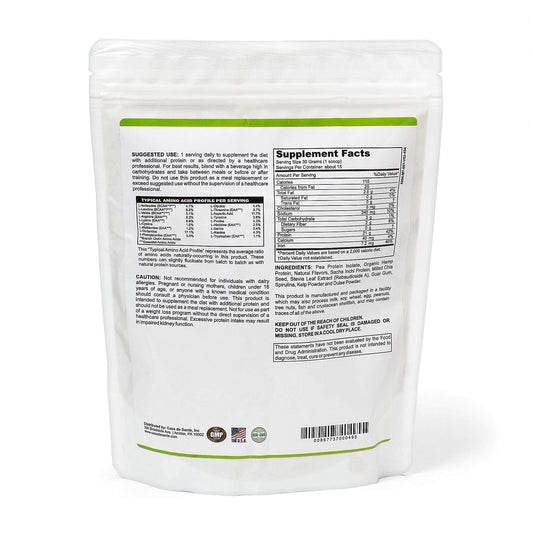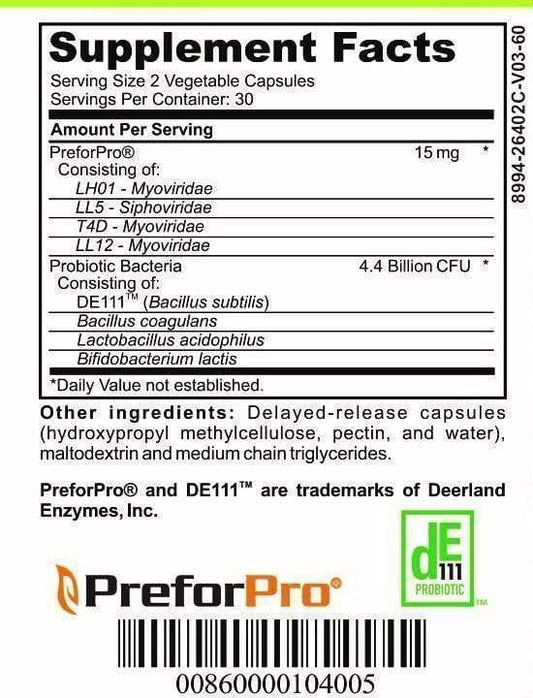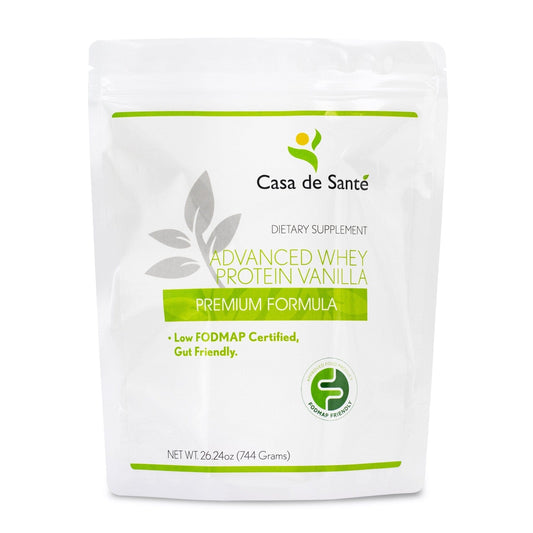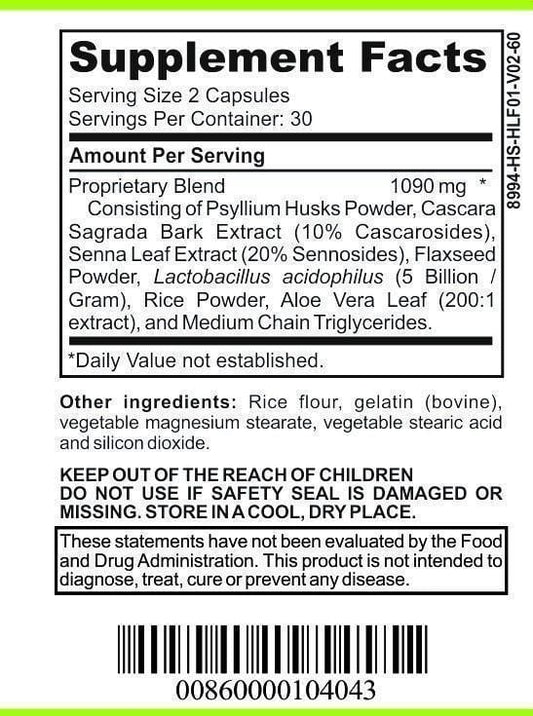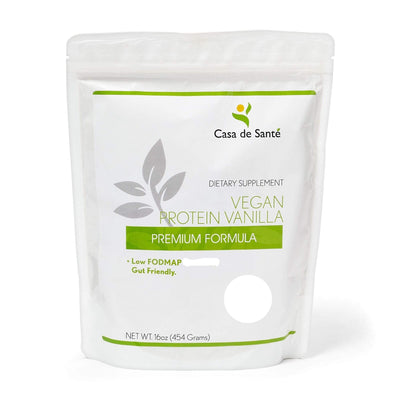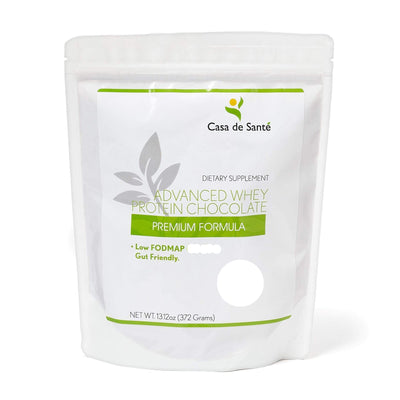Is Naga Viper Pepper High In Histamine
Is Naga Viper Pepper High In Histamine
The Naga Viper pepper is a highly sought-after chili pepper known for its extreme heat. But what about its histamine content? In this article, we will explore the relationship between the Naga Viper pepper and histamine, and the implications it may have for those with histamine intolerance.
Understanding the Naga Viper Pepper
The Naga Viper pepper, scientifically known as Capsicum chinense, is a hybrid chili pepper that was created in the United Kingdom. It gained fame in 2011 for being recognized as the world's hottest pepper, according to the Guinness World Records. This fiery pepper is a crossbreed of three spicy varieties: the Naga Morich, Bhut Jolokia, and Trinidad Scorpion pepper.
Origin and Characteristics of Naga Viper Pepper
The Naga Viper pepper was developed by Gerald Fowler, a chili farmer from Cark, Cumbria, England. Fowler used traditional breeding techniques to create this superhot chili, and it quickly gained popularity among chili enthusiasts worldwide. The pepper has a distinctive wrinkled appearance, similar to other chili peppers of the Capsicum chinense species, and its heat level is unparalleled.
Legend has it that the name "Naga Viper" was inspired by the venomous snake found in the Naga hills of India. Just like the snake, this pepper is known for its venomous heat that can leave even the most seasoned chili eaters gasping for air. The Naga Viper pepper's heat is not for the faint-hearted; it is a true test of one's tolerance for spice.
When fully matured, the Naga Viper pepper exhibits vibrant shades of red, orange, and yellow, adding a visual appeal to its already intimidating presence. Its thin walls and elongated shape make it perfect for drying and grinding into a potent chili powder that can be used sparingly to add a fiery kick to any dish.
The Scoville Scale and Naga Viper Pepper's Heat
The Scoville scale is the measurement used to gauge the heat of chili peppers. The Naga Viper pepper, with its scorching heat, ranks high on this scale. It has been recorded to have an average Scoville heat unit (SHU) of around 1,382,118. To put this into perspective, the popular jalapeno pepper typically measures around 2,500 to 8,000 SHU. The Naga Viper pepper's intense heat makes it a favorite among thrill-seeking spice lovers.
Consuming the Naga Viper pepper requires careful consideration and preparation. It is advisable to wear gloves while handling this pepper to avoid any accidental contact with sensitive areas, as the capsaicin present in the pepper can cause intense burning sensations. Additionally, it is recommended to have a glass of milk or a spoonful of yogurt nearby to help alleviate the heat if it becomes too overwhelming.
Despite its extreme heat, the Naga Viper pepper offers more than just a fiery experience. It has a unique flavor profile with fruity undertones that can be appreciated by those brave enough to venture into the realm of extreme spiciness. Some describe its taste as a combination of tropical fruits and citrus, which adds an interesting twist to its intense heat.
Due to its exceptional heat level, the Naga Viper pepper is often used sparingly in cooking. A tiny sliver of this pepper can transform an entire dish, providing a powerful punch of heat that lingers on the palate. It is commonly used in hot sauces, salsas, and marinades, where its intense flavor and heat can take center stage.
Chili enthusiasts and daredevils alike seek out the Naga Viper pepper for its ability to push the boundaries of spice tolerance. It has become a symbol of culinary adventure and a testament to the human fascination with all things hot and spicy. So, if you're ready to embark on a fiery journey, the Naga Viper pepper awaits, ready to test your taste buds and ignite your senses.
Exploring the Concept of Histamine
Before we delve into the histamine content of the Naga Viper pepper, let's first understand what histamine is and its significance in the human body.
Histamine is a chemical compound that plays a vital role in various physiological processes. It is released by the body's immune system as a response to allergens or injury, causing inflammation and other immune responses. Histamine is involved in regulating stomach acid secretion, muscle contraction, and blood vessel dilation, among other functions.
When histamine is released in response to an allergen, it can cause symptoms such as itching, sneezing, watery eyes, and nasal congestion. These symptoms are commonly associated with allergies and are part of the body's defense mechanism to remove the allergen from the system.
Aside from its role in allergies, histamine also plays a crucial role in the digestive system. It stimulates the production of stomach acid, which aids in the breakdown and digestion of food. Without sufficient levels of histamine, the stomach may not produce enough acid, leading to digestive issues such as indigestion and acid reflux.
Foods high in histamine can trigger histamine intolerance in individuals who are sensitive to the compound. Histamine intolerance occurs when the body is unable to effectively break down and eliminate histamine, leading to an accumulation of the compound in the body. This can result in various symptoms, including headaches, hives, digestive problems, and even asthma-like symptoms.
What is Histamine?
Histamine is a chemical compound that plays a vital role in various physiological processes. It is released by the body's immune system as a response to allergens or injury, causing inflammation and other immune responses. Histamine is involved in regulating stomach acid secretion, muscle contraction, and blood vessel dilation, among other functions.
In addition to its role in the immune system, histamine also acts as a neurotransmitter in the brain, where it helps regulate sleep-wake cycles and plays a role in cognitive functions such as learning and memory.
When histamine is released in response to an allergen, it binds to specific receptors on cells, triggering a cascade of immune responses. These responses include increased blood flow to the affected area, increased permeability of blood vessels, and the recruitment of immune cells to the site of inflammation.
Histamine is also involved in the regulation of body temperature. When histamine is released, it can cause blood vessels to dilate, leading to an increase in blood flow and heat generation. This is why histamine release can sometimes result in symptoms such as flushing and a feeling of warmth.
Foods High in Histamine
While histamine is a natural compound produced by the body, it is also present in certain foods. Some individuals are more sensitive to histamine and may develop adverse reactions when consuming foods high in histamine.
Examples of histamine-rich foods include fermented foods, such as aged cheese and sauerkraut. During the fermentation process, bacteria produce histamine, which can accumulate in the final product. Cured meats, such as salami and bacon, also contain high levels of histamine.
In addition to fermented foods and cured meats, certain fish are known to have high histamine levels. Tuna, mackerel, and sardines are examples of fish that can contain significant amounts of histamine. Shellfish, such as shrimp and crab, are also known to have high histamine content.
Alcoholic beverages, particularly wine and beer, can also contain histamine. During the fermentation process, histamine can be produced by the yeast and bacteria present in the beverage.
It is important to note that not everyone will have the same sensitivity to histamine-rich foods. Some individuals may be able to tolerate these foods without experiencing any adverse effects, while others may need to limit their consumption to avoid symptoms.
The Connection Between Peppers and Histamine
Now, let's explore how peppers, including the Naga Viper pepper, can potentially influence histamine levels and affect individuals with histamine intolerance.
Peppers, including the Naga Viper pepper, contain a compound called capsaicin, which gives them their characteristic heat. Capsaicin has been found to stimulate the release of histamine in certain individuals. This release of histamine can lead to symptoms such as itching, redness, and nasal congestion, particularly in those who are sensitive to histamine.
But what exactly is histamine and why does it play such a crucial role in our bodies? Histamine is a chemical compound that is naturally produced by our immune system. It is involved in various physiological processes, including regulating our sleep-wake cycle, maintaining our body temperature, and regulating our stomach acid production. However, histamine can also be released in response to allergens or irritants, triggering an immune response and causing symptoms of an allergic reaction.
Studies suggest that capsaicin can trigger the release of histamine from specialized cells in the body known as mast cells. These cells are involved in allergic reactions and contain histamine within their granules. When capsaicin interacts with these mast cells, it can lead to the release of histamine and subsequent allergic-like symptoms in susceptible individuals.
It is important to note that not everyone will experience histamine-related symptoms after consuming peppers. The sensitivity to histamine can vary from person to person, and some individuals may be more prone to experiencing symptoms than others. Factors such as genetics, overall health, and the presence of other underlying conditions can also influence an individual's response to histamine.
Aside from capsaicin, peppers also contain other compounds that may influence histamine levels. For example, quercetin, a flavonoid found in peppers, has been shown to have anti-inflammatory and antihistamine properties. This means that it may help to counteract the effects of histamine, potentially reducing symptoms in individuals with histamine intolerance.
Furthermore, the degree of ripeness of the pepper can also affect its histamine content. As peppers ripen, their histamine levels tend to increase. This means that consuming fully ripe peppers may have a greater impact on histamine levels compared to consuming unripe peppers.
It is worth mentioning that while peppers can potentially influence histamine levels, they also offer numerous health benefits. Peppers are rich in vitamins A and C, as well as antioxidants, which can support overall immune function and provide protection against oxidative stress. Additionally, the spicy nature of peppers can stimulate the release of endorphins, which are natural painkillers and mood boosters.
In conclusion, the relationship between peppers and histamine is complex and can vary from person to person. While capsaicin in peppers can stimulate the release of histamine in certain individuals, other compounds in peppers, such as quercetin, may help counteract the effects of histamine. It is important for individuals with histamine intolerance to be aware of their sensitivity to peppers and make informed choices about their diet.
Analyzing the Histamine Content in Naga Viper Pepper
Given the presence of capsaicin in peppers and its potential connection to histamine release, it is reasonable to question the histamine content of the Naga Viper pepper.
Factors Affecting Histamine Levels in Peppers
It is essential to note that histamine levels in peppers can vary based on several factors, such as the pepper's freshness, ripeness, and processing methods. The Naga Viper pepper, like other chili peppers, can contain trace amounts of histamine due to its natural composition. However, it is unlikely to be significantly high enough to cause histamine-related symptoms in most individuals.
Methods of Measuring Histamine in Foods
Food testing laboratories employ various methods to measure histamine levels in foods. These methods, such as high-performance liquid chromatography (HPLC), allow for accurate quantification of histamine content. While specific histamine levels in the Naga Viper pepper may vary, overall, it is considered safe for consumption by the general population.
Implications for Those with Histamine Intolerance
For individuals with histamine intolerance, consuming foods high in histamine can lead to uncomfortable symptoms. Let's explore the implications of histamine intolerance and how it relates to the Naga Viper pepper.
Symptoms of Histamine Intolerance
Histamine intolerance is a condition characterized by the inability to properly break down and metabolize histamine. Common symptoms include headaches, digestive issues, hives, nasal congestion, and asthma-like symptoms. While the Naga Viper pepper may possess some histamine, it is the overall cumulative intake of histamine-rich foods that can contribute to symptoms.
Dietary Adjustments for Histamine Intolerance
Individuals with histamine intolerance often follow a low-histamine diet, which involves reducing or eliminating foods high in histamine from their meals. While the Naga Viper pepper may not be specifically singled out as a high-histamine food, it is recommended for those with histamine intolerance to exercise caution when consuming spicy foods in general, including this fiery pepper.
In conclusion, while the Naga Viper pepper is renowned for its extreme heat, its histamine content is not a primary concern for the general population. However, individuals with histamine intolerance should approach the consumption of this pepper and other high-histamine foods with caution. As always, it is essential to listen to your body and consult with a healthcare professional if you have any specific dietary concerns or food intolerances.


